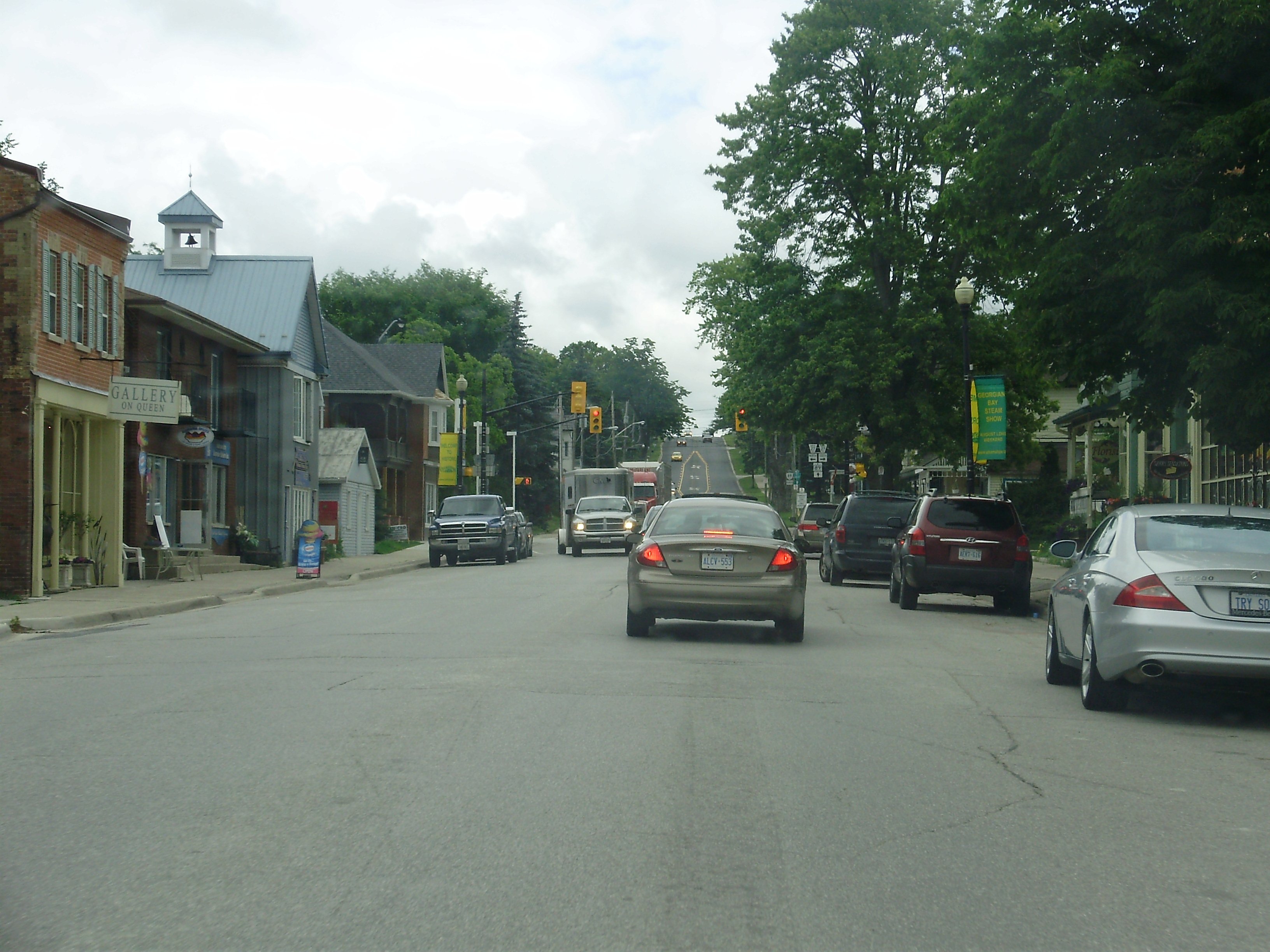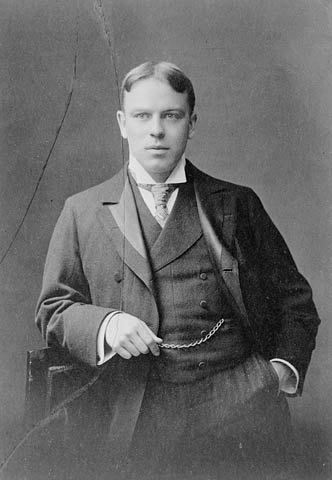|
Emily Murphy
Emily Murphy (born Emily Gowan Ferguson; 14 March 186827 October 1933) was a Canadian women's rights activist and author. In 1916, she became the first female magistrate in Canada and in the British Empire. She is best known for her contributions to Canadian feminism, specifically to the question of whether women were "persons" under Canadian law. Murphy is known as one of " The Famous Five" (also called "The Valiant Five")—a group of Canadian women's rights activists that also included Henrietta Muir Edwards, Nellie McClung, Louise McKinney and Irene Parlby. In 1927, the women launched the "Persons Case," contending that women could be "qualified persons" eligible to sit in the Senate. The Supreme Court of Canada ruled that they were not. However, upon appeal to the Judicial Committee of the British Privy Council, the court of last resort for Canada at that time, the women won their case. However, there has been some criticism of her later work, mainly for her role in ... [...More Info...] [...Related Items...] OR: [Wikipedia] [Google] [Baidu] |
Innisfil
Innisfil is a town in Ontario, Canada, located on the western shore of Lake Simcoe in Simcoe County, immediately south of Barrie and north of Toronto. It has historically been a rural area, but due to being geographically sandwiched in between the high-growth areas of Barrie area and York Region has meant greater residential development in Innisfil. Etymology The name ''Innisfil'' comes from the Irish ''Inis Fáil'', an ancient mythological name for Ireland. History The history of Innisfil spans a period in excess of 170 years. The Town was hewn from almost unbroken virgin forests which had been home to the Huron Indians, and was first surveyed in 1820. The area encompassed 68,653 acres (278 km²), including the villages of Allandale, Tollendal, Painswick, Minets Point, and Holly at the time. The first settlers were the Hewson and Soules families who came by way of the East Holland River and Lake Simcoe to settle at Point Endeavour; they renamed the area Hewson's Poin ... [...More Info...] [...Related Items...] OR: [Wikipedia] [Google] [Baidu] |
Ogle Robert Gowan
Ogle Robert Gowan (July 13, 1803 – August 21, 1876) was a farmer, Orangeman, journalist and political figure in Upper Canada and Canada West. He was born in County Wexford, Ireland in 1803, the son of Hunter Gowan, an Orangeman and small landowner and godson of George Ogle, a grand master of the Irish Orange Order. Hunter Gowan led a yeomanry corps known as the "Black Mob" which was accused of committing atrocities against Catholic civilians before and after the outbreak of the Wexford Rebellion; he remains a hate-figure in local nationalist tradition. In 1825, when the Irish Orange lodges were dissolved, Ogle Gowan became assistant secretary for Sir Harcourt Lees' Benevolent and Loyal Orange Institution of Ireland. He arrived in Leeds County, Upper Canada in 1829 and settled in Brockville. In 1830, he called a meeting which formed the Grand Orange Lodge of British North America; Gowan became its deputy grand master and later became Canadian grand master. Gowan was e ... [...More Info...] [...Related Items...] OR: [Wikipedia] [Google] [Baidu] |
Toronto
Toronto ( ; or ) is the capital city of the Provinces and territories of Canada, Canadian province of Ontario. With a recorded population of 2,794,356 in 2021, it is the List of the largest municipalities in Canada by population, most populous city in Canada and the List of North American cities by population, fourth most populous city in North America. The city is the anchor of the Golden Horseshoe, an urban agglomeration of 9,765,188 people (as of 2021) surrounding the western end of Lake Ontario, while the Greater Toronto Area proper had a 2021 population of 6,712,341. Toronto is an international centre of business, finance, arts, sports and culture, and is recognized as one of the most multiculturalism, multicultural and cosmopolitanism, cosmopolitan cities in the world. Indigenous peoples in Canada, Indigenous peoples have travelled through and inhabited the Toronto area, located on a broad sloping plateau interspersed with Toronto ravine system, rivers, deep ravines, ... [...More Info...] [...Related Items...] OR: [Wikipedia] [Google] [Baidu] |
National Council Of Women Of Canada
The National Council of Women of Canada (NCWC, french: Conseil national des femmes du Canada, (''CNFC'')) is a Canadian advocacy organization based in Ottawa, Ontario, aimed at improving conditions for women, families, and communities. A federation of nationally-organized societies of men and women and local and provincial councils of women, it is the Canadian member of the International Council of Women (ICW). The Council has concerned itself in areas including women's suffrage, immigration, health care, education, mass media, the environment, and many others. Formed on October 27, 1893 in Toronto, Ontario, it is one of the oldest advocacy organizations in the country. Lady Aberdeen was elected the first president of the National Council of Women of Canada in 1893. Prominent Council leaders included Lady Gzowski, Dr. Augusta Stowe-Gullen, and Adelaide Hoodless. Founding The International Council of Women was founded in 1888 in Washington D.C., United States. By May 1893, the ... [...More Info...] [...Related Items...] OR: [Wikipedia] [Google] [Baidu] |
Federated Women's Institutes Of Canada
The Federated Women's Institutes of Canada is an umbrella organization for Women's Institutes in Canada. "The idea to form a national group was first considered in 1912. In 1914, however, when the war began the idea was abandoned. At the war's end, it was Miss Mary MacIssac, Superintendent of Alberta Women's Institute, who revived the idea. She realized the importance of organizing the rural women of Canada so they might speak as one voice for needed reforms, and the value of co-ordinating provincial groups for a more consistent organization. In February 1919, representatives of the provinces met in Winnipeg, Manitoba, to form the Federated Women's Institutes of Canada." History of FWIC See also Adelaide Hunter Hoodless Homestead*British Women's Institute *List of Canadian organizations with royal patronage *Women's rights in Canada *Royal Commission on the Status of Women The Royal Commission on the Status of Women was a Canadian Royal Commission that examined the status of ... [...More Info...] [...Related Items...] OR: [Wikipedia] [Google] [Baidu] |
British North America Act 1867
The ''Constitution Act, 1867'' (french: Loi constitutionnelle de 1867),''The Constitution Act, 1867'', 30 & 31 Victoria (U.K.), c. 3, http://canlii.ca/t/ldsw retrieved on 2019-03-14. originally enacted as the ''British North America Act, 1867'' (BNA Act), is a major part of the Constitution of Canada. The act created a federal dominion and defines much of the operation of the Government of Canada, including its federal structure, the House of Commons, the Senate, the justice system, and the taxation system. In 1982, with the patriation of the Constitution, the British North America Acts which were originally enacted by the British Parliament, including this Act, were renamed. Although, the acts are still known by their original names in records of the United Kingdom. Amendments were also made at this time: section 92A was added, giving provinces greater control over non-renewable natural resources. History Preamble and Part I The act begins with a preamble declaring th ... [...More Info...] [...Related Items...] OR: [Wikipedia] [Google] [Baidu] |
WLMK Unveiling Plaque To Valiant Five
William Lyon Mackenzie King (December 17, 1874 – July 22, 1950) was a Canadian statesman and politician who served as the tenth prime minister of Canada for three non-consecutive terms from 1921 to 1926, 1926 to 1930, and 1935 to 1948. A Liberal, he was the dominant politician in Canada from the early 1920s to the late 1940s. King is best known for his leadership of Canada throughout the Great Depression and the Second World War. He played a major role in laying the foundations of the Canadian welfare state and established Canada's international reputation as a middle power fully committed to world order. With a total of 21 years and 154 days in office, he remains the longest-serving prime minister in Canadian history. Born in Berlin, Ontario (now Kitchener), King studied law and political economy in the 1890s and became concerned with issues of social welfare. He later obtained a PhD – the only Canadian prime minister to have done so. In 1900, he became deputy minister ... [...More Info...] [...Related Items...] OR: [Wikipedia] [Google] [Baidu] |




